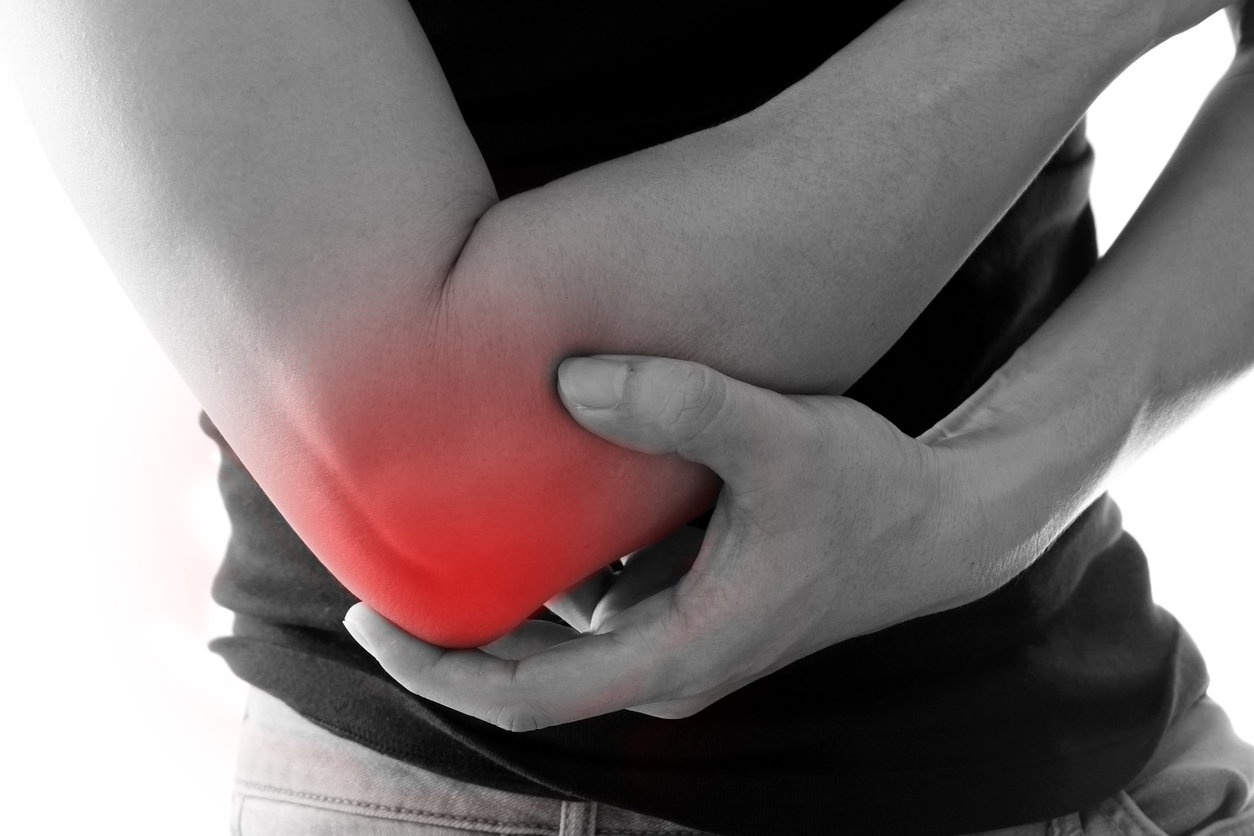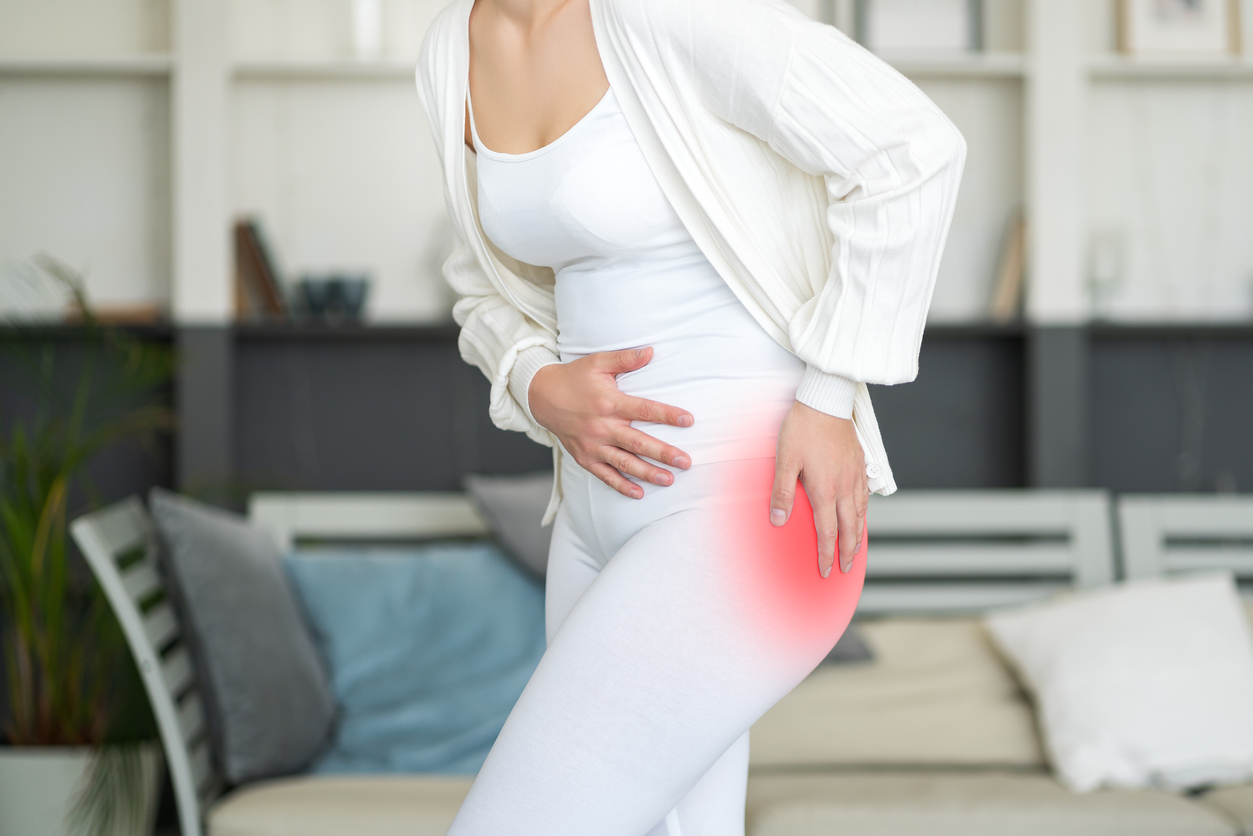Pain
Types of Bursitis

What is bursitis?
Bursitis is a painful, and normally temporary, condition that occurs when a bursa becomes inflamed or irritated. Bursae are small, fluid-filled sacs that act as a cushion to reduce friction between the bones, tendons and muscles that are located near joints. Most bursae are located near larger joints that perform repetitive motion.
Types of bursitis
Specific types of bursitis are typically dependent upon the location of the affected bursa. Types of bursitis include hip, knee, kneecap, elbow, posterior Achilles tendon, and retromalleolar tendon. Septic and aseptic bursitis are based on the cause.
Hip bursitis
Bursitis in the hip, also referred to as trochanteric bursitis, occurs more frequently in women and individuals who are middle-aged or older. It can stem from arthritis, spinal abnormalities, injury, overuse, or post-surgical complications.
Knee bursitis
Bursitis of the knee is commonly the result of tight hamstring muscles, arthritis, out-turning of the knee or lower leg, or neglecting to stretch before physical activity. It occurs in the bursa on the inside of the knee between the shinbone and three hamstring tendons. This type of bursitis is also referred to as goosefoot bursitis or pes anserine bursitis.
Kneecap bursitis
Also called prepatellar bursitis, kneecap bursitis occurs in the bursa near the kneecap. This type of bursitis can be acute or chronic. Those who are on their knees for long periods, such as plumbers, are more prone to kneecap bursitis.
Elbow bursitis
Elbow bursitis may also be called olecranon bursitis and occurs in the bursa at the tip of the elbow. This type of bursitis tends to be chronic and can be caused by injury or constant pressure on the elbow.
Posterior Achilles tendon bursitis
Sometimes referred to as Haglund deformity, this type of bursitis affects the bursa between the skin of the heel and the Achilles tendon. When the soft heel tissue is pressed into the hard, back support of a shoe while walking, the area may become irritated and cause bursitis to occur.
Retromalleolar tendon bursitis
Also called retrocalcaneal bursitis or Albert’s disease, this type of bursitis causes inflammation in the bursa where the Achilles tendon attaches to the heel. It can be caused by disease, injury, or wearing shoes that have rigid back support that strains the lower portion of the Achilles tendon.
Septic bursitis
Septic bursitis occurs when an infection causes bursitis. This may be due to bacteria entering a skin puncture around the bursa. Septic bursitis can swell and become red or hot. It may cause a person to experience chills, fever, and other symptoms of infection.
Aseptic bursitis
Aseptic, or non-infectious bursitis, is often the result of a strain injury or repeated minor trauma in the area around the affected bursa. Aseptic bursitis does not have the infection-related symptoms of septic bursitis.








